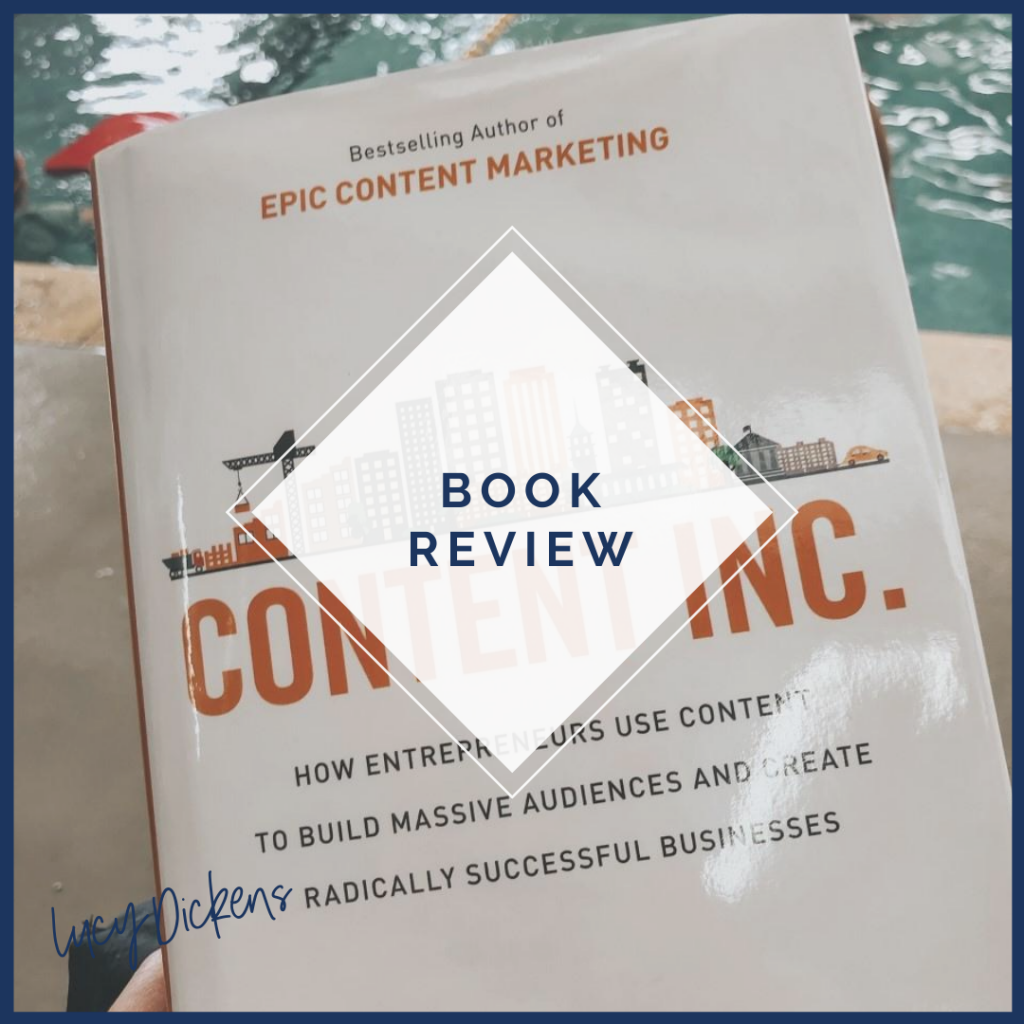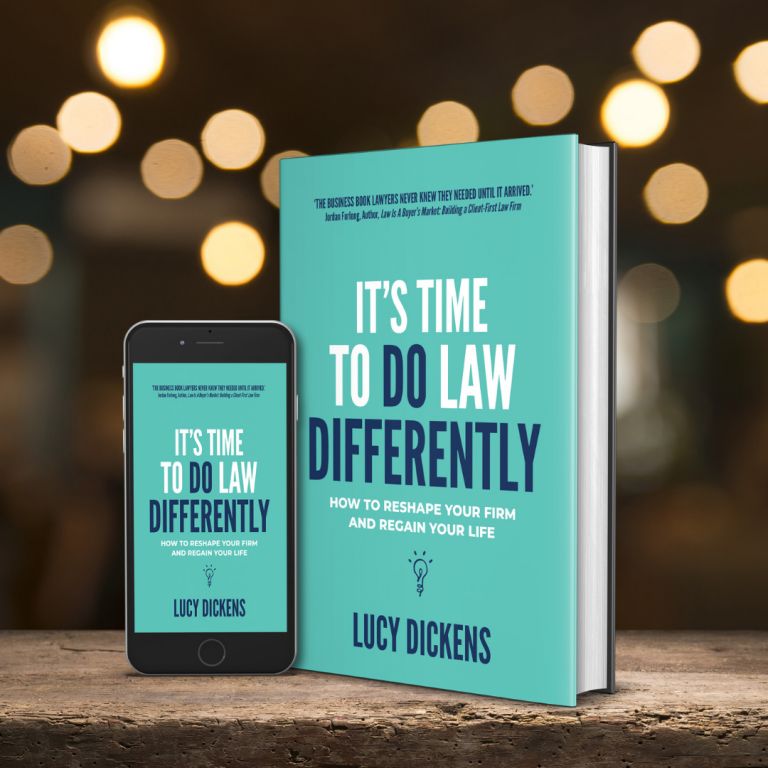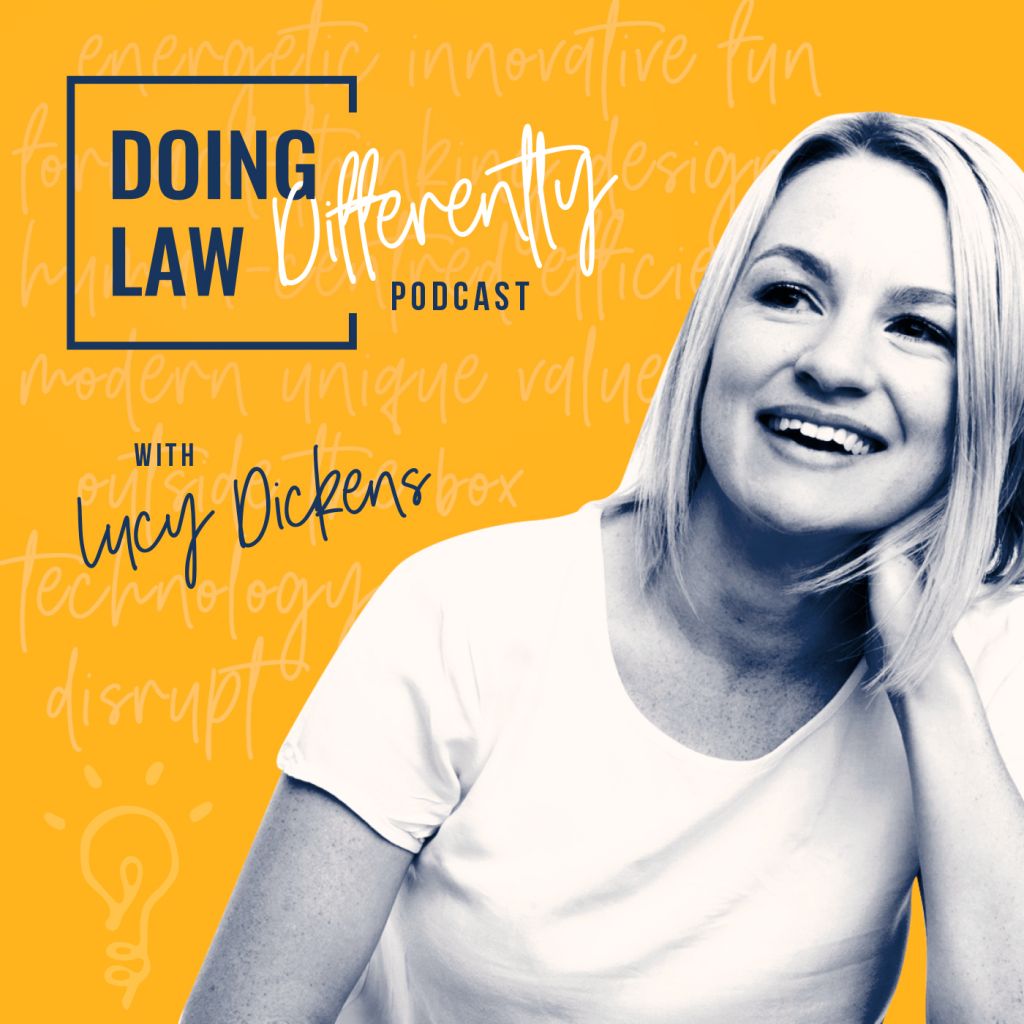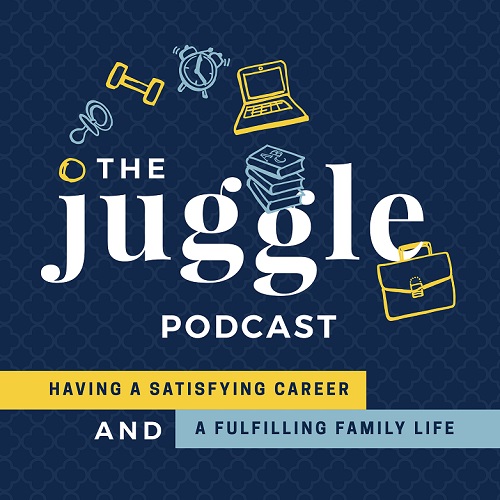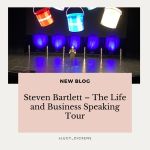My favourite weekend activity involves sitting in the garden while the kids play and I dive in to a brand new book. A business book, of course, because my brain doesn’t know the meaning of “switch off”. I read a lot of business and personal development books and, because my memory is definitely not one of my superpowers, I write brief notes about each. While reading this weekend’s book, I had a lightbulb moment – if I’m creating this content anyway, why not share it with you? Then I thought I’d be brave and do it by video. Then I remembered that I have two children and very little (read: no) spare child-free time, so I lowered the bar and decided I’d create some casual, unpolished, vlog-style videos. Here’s post one of, hopefully, many. This isn’t intended to be a complete book review, just an insight into what I’m reading and what I’m taking from each book. I hope you find it useful.
Content Inc
How entrepreneurs use content to build massive audiences and create radically successful businesses
The key message: Build your audience first. Then create your products.
The idea is that you create content, build an audience, learn insights from that audience that will tell you what products to create and then the revenue flows.
Pulizzi shares a 6-step Content Inc model that includes the following steps:
1. Sweet spot
This is the content area that the business will be based around. It should be a “sweet spot” – the ‘intersection of a knowledge or skill set (something the entrepreneur or business has a competency in) and a passion area (something the entrepreneur or business feels is of great value to him or her personally or to society at large).’
2. Content tilt
The tilt is a cooler way of saying ‘point of difference’. What is your unique twist on this subject that makes your content stand out from the rest?
More and more, I find the best Content Inc programs revolve around aspirations, not needs. I’ve been guilty of telling marketers to “focus on customer pain points” since, well, forever. Focusing on pain points just gets you to the front door.
To get to the heart of your customers’ needs, you have to focus on what they want to be and help them get where they really want to go.
Instead of basics like “saving money” and “lowering costs”, let’s raise the bar to things like “giving our customers more free time to live the lives they want to” or “being a person that can make a difference in the world.”’ (p68)
Content Inc – Joe Pulizzi
3. Building the base
Choose a platform (e.g. social media platform) and a content base (e.g. blog, video, podcast etc) and consistently create valuable content through that channel.
Content should be repurposed. One 3 minute video can become:
- A YouTube video
- A video on Facebook
- A podcast episode on podcast apps and website
- A blog post
- A post on LinkedIn / Medium / Google+
- 2-3 tweets
- Etc
“The easiest way to turn off your community members is to broadcast the same message across multiple channels. Instead, determine the kind of content that interests the members of your community in a way that is useful to them.”
4. Harvesting audience
This step is about converting the audience into subscribers. A reminder that the best place to build your audience is on your own platform – e.g. email list.
‘The critical acknowledgement for this area: while there are many metrics to analyze content success, the number one metric is the subscriber. It’s almost impossible to monetize and grow your audience without first getting the reader to take action and actually “subscribe” to your content.’ (pxxv)
5. Diversification
Once a loyal and growing audience has been built, the next step is to diversity the content stream and ‘stake your claim as the leading voice in the industry.’
The three most critical strategies an entrepreneur can do to build a personal brand: ‘a blog, a book and speaking.’
“What I now know is that it’s next to impossible to truly be a thought leader in your industry without a killer blog, a thoughtful book, and a speech that rocks.”
6. Monetization
‘By this time, you are armed with enough subscriber information (both qualitative and quantitative) that a multitude of opportunities will present themselves to generate revenue.’ (pxxvi)
The Content Inc model takes time and patience to work. This chapter offers suggestions for building a source of income while you wait. ‘For Content Inc to work, you don’t have to go through each of the five stages and then think about revenue. You need to be thinking about making money from your platform from day one.’ (p242)
My thoughts
- I love the concept of the “sweet spot” – the intersection of your competency and passion. It’s a simpler version of ikigai, but ignores the “what you can be paid for” aspect, presumably because the model suggests that the money comes last. I resonate with this a lot. The starting point for my own coaching process is to think about a vision for your life and this starting point is similar.
- I like the categories for goal setting (p5):
- Financial goals
- Family goals
- Spiritual goals
- Mental goals
- Physical goals
- Philanthropic goals
and the reminder about the importance of writing down goals.
My action list
- I’m already into the content creation game, but I don’t leverage and re-purpose as well as I could.
- Consistency is so important. I do well with the podcast, but I haven’t written a blog in months (in my defence, though, I have written a book!). I’d like to get back into blogging at least fortnightly.
- Why not share the notes I make about the books I read? That fits the bill. My content tilt? I’m not writing a book review, I’m sharing my notes, takeaways, favourite quotes and, here’s the difference – what action the book has inspired in me. Plus I’ll do it in a relaxed way – almost vlog style.
Would I recommend this book?
Yes, I enjoyed it. It’s an easy read. I read it on a Saturday while the kids played and got through the whole thing easily in one day. There was nothing earth shattering for me, but I already know about the value of content creation. I’d definitely recommend it to someone new to the game. The stories and case studies are inspiring.
For more reviews like this one, subscribe to my new YouTube channel where I’ll share my weekly business book notes.
